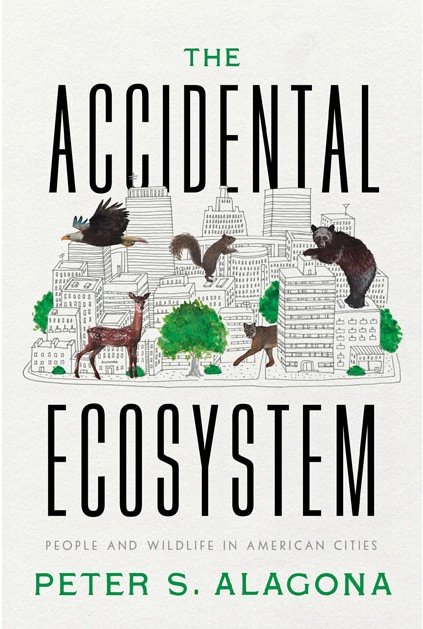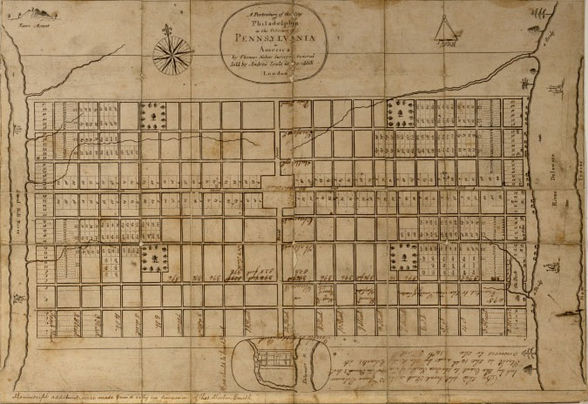I have in several previous posts mentioned the number of different species of wildlife that are now living in my neighborhood in northeast Philadelphia, one of the most highly urbanized areas of our planet. The intrusion of wild animals into cities and other highly populated areas is slowly becoming more and more of a newsworthy story as well as the subject of a number of episodes of nature and science programs.

This trend is certainly going to continue and that is what makes the new book ‘The Accidental Ecosystem’ by Professor of Environmental Studies at the University of California at Santa Barbara Peter S. Alagona so important. ‘The accidental Ecosystem’ is more than a description of urbanized areas as an ecosystem, more than a bestiary of those species that are adapting to life in our cities and suburbs. In fact Professor Alagona only describes a handful of illustrative species in detail.

What ‘The Accidental Ecosystem’ is about is the process of how our cities have become a home for wild species, what direction that process is likely to take in the near future, and how we humans can manage the situation to the benefit of all species. In other words ‘The Accidental Ecosystem’ is as much about urban planning as it is about ecology.


Professor Alagona begins with the beginning of cities themselves and makes the largely ignored point that animals have always lived in cities alongside human beings. I’m not just talking about dogs and cats, and rats either. For millennia horses, cattle, swine and sheep along with chickens, ducks and geese were kept in urban areas both for food and in some cases as a labour force.

It was really only with the beginning of the industrial age that the idea that cities were meant for people and our pets was really put into practice both for hygienic reasons while at the same time putting limited urban land to more valuable use. Only when horses and oxen were no longer needed for their muscle power, and the revolution in transportation allowed food animals to be kept outside urban areas until after they were slaughtered did the idea that cities were for people and our pets became practical. This concept of a city as something of a fortress against the natural world reached its pinnacle from about the 1930s through the 1960s.

By the 1970s the situation had begun to change, the growth of the suburbs, with single homes on bigger lots, along with a recognition of the value of open, wooded spaces even in cities provided living space for a few animals at first. Add to that the resources that an urban area could provide, not only our food waste but also the gardens many people grow along with the seed we put out to literally ‘feed the birds’. The wildlife of the cities may have begun with rats, squirrels, pigeons and songbirds but before long they were joined by other adaptable species like raccoons and opossums. As more and more rural areas were developed for human habitation even large animals like deer and bears became citizens of places intended for people only.

‘The Accidental Ecosystem’ charts the development of our current situation while at the same time making suggestions as to how the problems of urban wildlife, and there have been many problems, can be addressed. As you might guess Professor Alagona dismisses the notion that the wild creatures living alongside humans could, or even should simply be exterminated. Such a war against nature he argues would be never ending. So long as cities provide space and resources that wild animals can exploit some will come into the cities to do just that. Also, with the growing environmental consciousness of many people such a policy would be politically controversial, to say the least.

So ‘The Accidental Ecosystem’ spends a large part of its pages discussing those policies and programs that could help make the urban environment friendlier to both humans and its newer residents. Many of the policies discussed will themselves be contentious, as many people will balk at the idea of spending money to make the lives of ‘pests’ better. Nevertheless as Professor Alagona correctly points out, it is a growing problem that needs to be solved.

I for one however hope that we do find ways to live with our wild neighbors. Often on summer nights you’ll find me outside of my house watching some of the skunks, raccoons, opossums, groundhogs, bats, and now even a fox, that live in my neighborhood. That’s why I recommend ‘The Accidental Ecosystem’ by Peter S. Alagona, for my sake as well as theirs.
